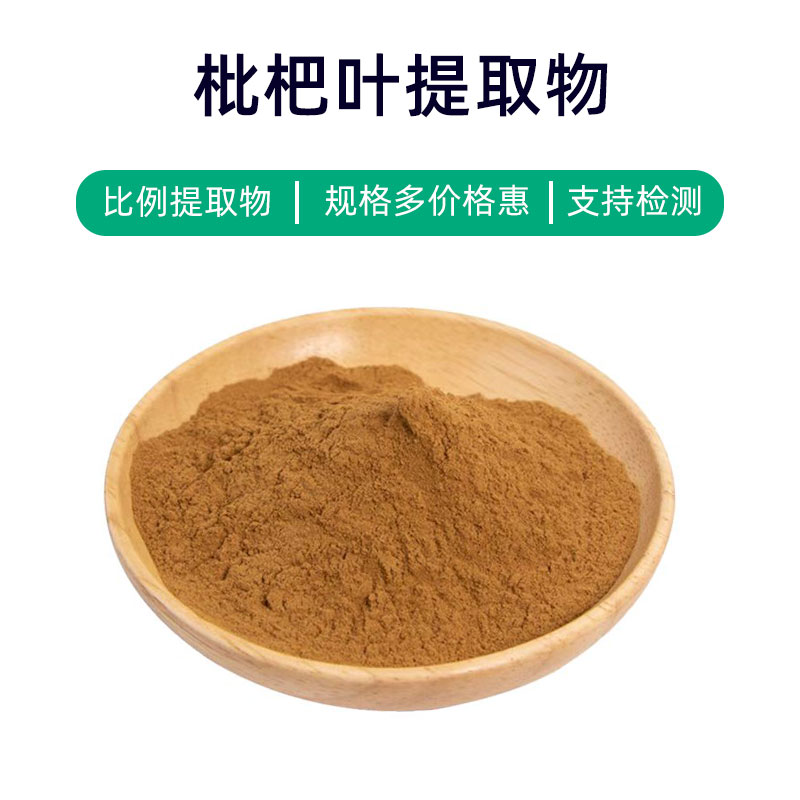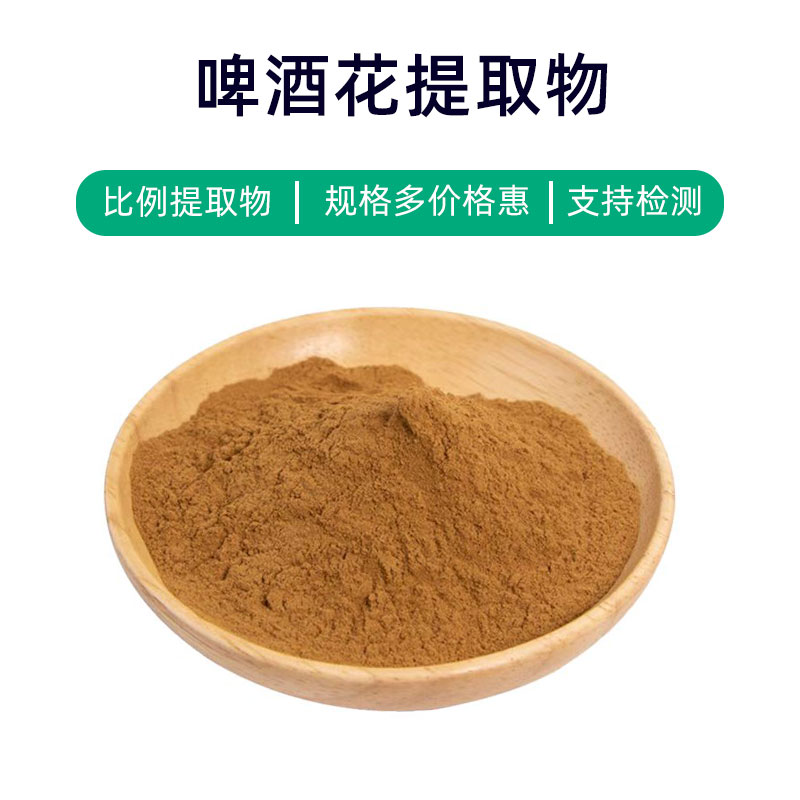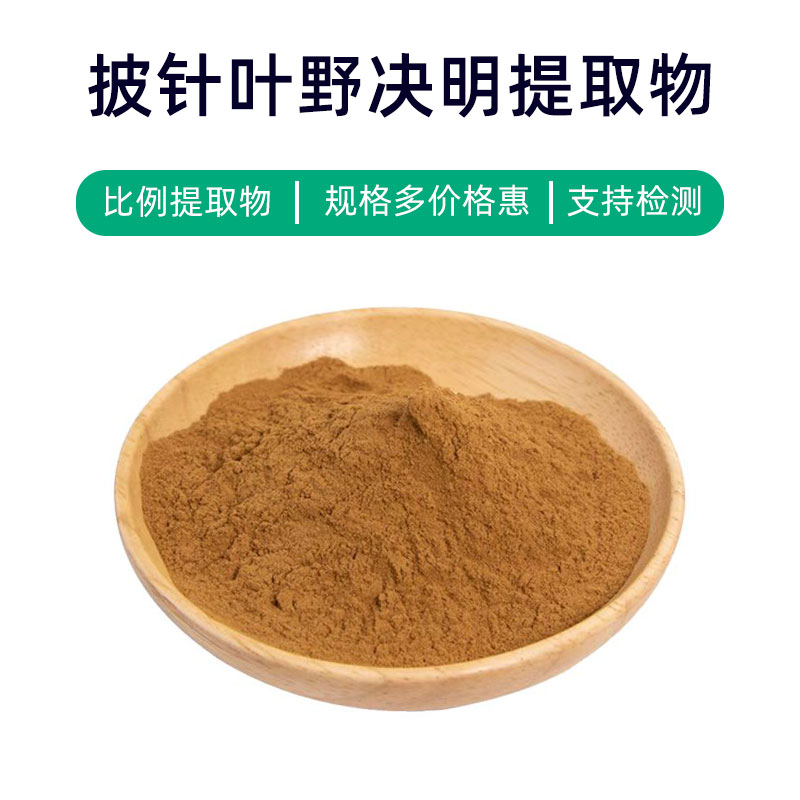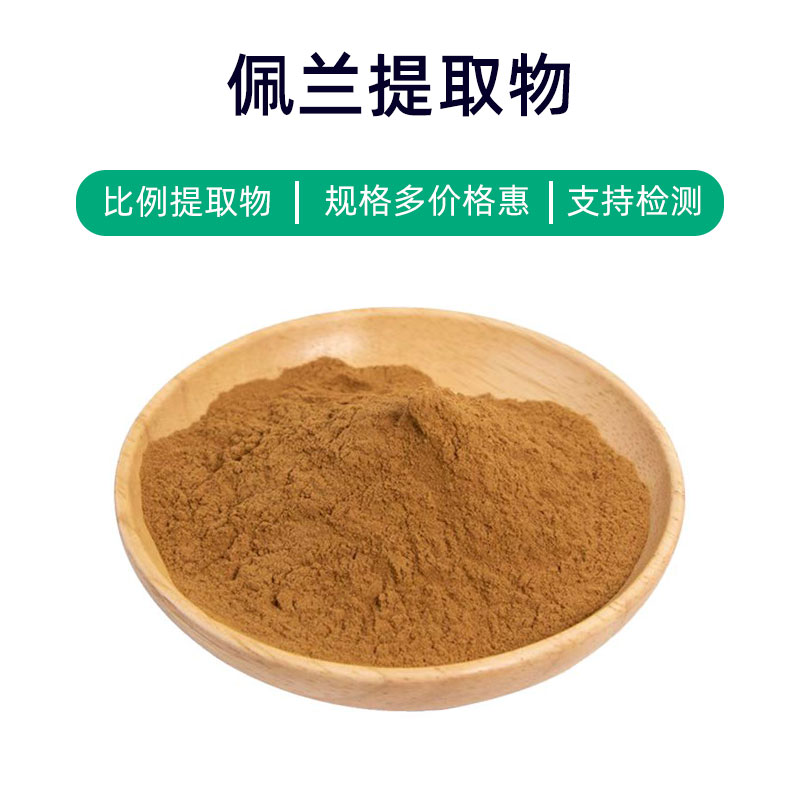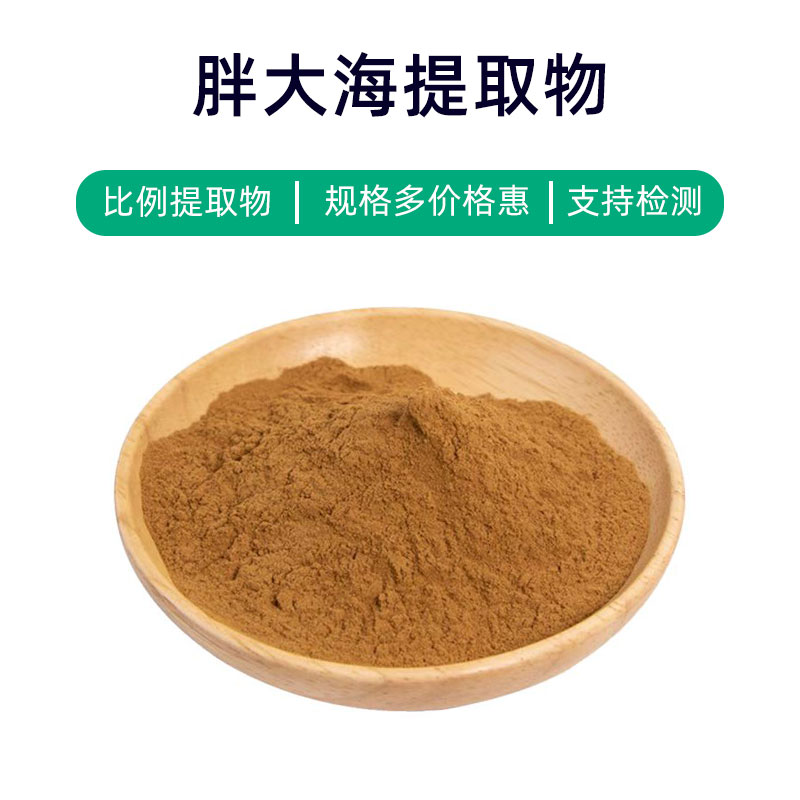Black Fungus Extract Product Introduction
Black fungus extract is a natural plant nutrient derived from black fungus (Auricularia auricula-judae). Its primary components include polysaccharides, proteins, vitamins, and minerals. It is widely used in dietary supplements, pharmaceuticals, and the food industry.
The polysaccharides within it play a role in regulating immune function and boosting the body's resistance, contributing to enhanced immunity and overall health. Additionally, black fungus extract is rich in proteins, vitamins, and minerals, aiding nutritional support and improving health conditions.
In dietary supplements, black fungus extract is often included as a key ingredient for making products that support immune regulation and bodily nourishment. In the pharmaceutical sector, it is researched for developing medications to assist in treating illnesses related to compromised immunity and weakness. Within the food industry, it serves as a flavor enhancer or a functional food additive, contributing to the creation of nutritious food products.
In summary, black fungus extract, as a natural plant-derived substance, possesses numerous health and medicinal values, widely utilized across dietary supplements, pharmaceuticals, and the food sector, providing important support for health and lifestyle.
Black Fungus Extract Production Process
The production process for black fungus extract typically includes the following steps:
- Raw Material Preparation: Select fresh black fungus, remove impurities, clean thoroughly, and perform preliminary processing, such as chopping or grinding.
- Extraction: Place the processed black fungus in an extraction tank, adding an appropriate extraction agent (usually water or an alcohol-based solvent) for steeping. Extraction conditions can be adjusted according to process requirements, typically at lower temperatures.
- Filtration: Filter the extraction liquid using a filter to remove solid impurities, yielding the initial extract.
- Concentration: Use evaporation or vacuum concentration methods to remove moisture from the initial extract, creating a concentrated extract.
- Precipitation and Purification: By adding appropriate precipitating or purifying agents, separate impurities from the extract to obtain a purer black fungus extract.
- Drying: The resulting extract is dried, commonly using spray drying, vacuum drying, or freeze-drying methods to convert it into a powder or granular form.
- Packaging: Package the dried black fungus extract in sealed containers to prevent moisture and oxygen from entering, maintaining product stability and quality.
- Quality Control: Conduct quality inspections on the finished product, including appearance, physicochemical indicators, and microbial criteria, to ensure compliance with relevant standards.
- Storage: Store the qualified products in a dry, cool, ventilated environment, avoiding direct sunlight and high temperatures to ensure product quality and stability.
These are the typical steps in the production process for black fungus extract, with strict controls at each stage to guarantee quality and safety.
Black Fungus Extract Benefits and Side Effects
Black fungus extract is widely applied in both traditional Chinese medicine and modern medicine, boasting various benefits:
- Immune Regulation: Contains various bioactive compounds that can enhance immune function, increasing the body's resistance and reducing the risk of infections and diseases.
- Antioxidant Properties: Rich in polysaccharides and polyphenols, it offers substantial antioxidant effects, helping to eliminate free radicals, slow cell aging, and protect cells from oxidative damage.
- Lipid Reduction: Certain active components can help regulate blood lipids, lowering cholesterol and triglyceride levels in the blood, and preventing cardiovascular diseases.
- Anti-Tumor Effects: Contains various bioactive compounds with anti-tumor properties that can inhibit the proliferation and metastasis of tumor cells, decreasing the occurrence and progression of tumors.
- Blood Glucose Management: Polysaccharides can increase insulin sensitivity and promote glucose utilization, helping to lower blood sugar levels and offering auxiliary treatment for diabetes patients.
- Skin Health: Components like gelatin and collagen nourish the skin, enhance elasticity, reduce wrinkles and blemishes, and have beautifying effects.
- Digestive Health: Rich in dietary fibers and polysaccharides, it promotes intestinal peristalsis and increases beneficial bacteria in the gut, aiding digestion and preventing constipation.
Despite its numerous benefits, users should keep in mind the following:
- Side Effects: Some individuals may be allergic to certain components in black fungus extract, which can cause allergic reactions such as skin redness and itching. A skin sensitivity test is recommended before use to avoid allergic reactions.
- Dosage Control: When using black fungus extract, it’s important to control the dosage to avoid excessive intake, which could lead to digestive discomfort or diarrhea.
In conclusion, black fungus extract has many benefits but should be used with caution and under professional guidance to ensure safety and effectiveness.
Black Fungus Extract Applications and Dosage
Black fungus extract finds extensive applications in medicine, food, and cosmetics, with usage varying across different fields:
- Pharmaceutical Applications:
- Use: Widely used in traditional Chinese medicine for treating ailments like lung diseases, phlegm cough, and weakness, as well as enhancing immunity, regulating blood lipids, and lowering blood sugar.
- Dosage: Generally, it can be used directly as a herbal medicine or formulated into capsules, granules, and oral solutions. Dosage should be based on specific conditions and is best guided by a physician.
- Food Applications:
- Use: Acts as a food additive to enhance nutritional value and flavor, commonly found in various cooking dishes, soups, and salads.
- Dosage: Typically, as a food additive, it should be used in moderation based on specific culinary requirements, following the recommended amounts in food processing recipes.
- Cosmetic Applications:
- Use: Offers moisturizing, antioxidant, and anti-aging benefits, often added to skincare products, masks, and lotions to improve skin texture, hydrate skin, and delay aging.
- Dosage: Generally used as an ingredient in cosmetics, the amount is a component of the overall formulation, with specific dosage adjusted according to the product’s attributes and formula requirements.
In summary, black fungus extract has significant application value in medicine, food, and cosmetics, but usage should be guided by specific conditions and product needs for safe and effective outcomes.
Black Fungus Origin Plant Overview, Distribution, and Growth Environment
Black fungus (scientific name: Auricularia auricula-judae) is a common fungal plant also known as "cloud ear" or "wood ear." Below is an overview of its origin, distribution, and growth environment:
- Plant Overview:
- Black fungus belongs to the phylum Ascomycota, order Auriculariales, and family Auriculariaceae. It has a typical mushroom shape, often flat or nearly round, soft in texture, dark brown to black in color, and features a distinct ear-like appearance.
- Distribution:
- Black fungus is primarily found in subtropical and temperate regions, including China, Japan, Korea, Southeast Asia, and Europe. In China, it mainly grows in southern areas like Guangdong, Fujian, Yunnan, and Guizhou, with some presence in the north.
- Growth Environment:
- Typically thrives in humid environments, such as forests, tree trunks, branches, decaying wood, and stumps. It prefers well-ventilated areas with moderate light and moist air growing near trees. Common hosts include beech, oak, and maple species.
- Growth Season:
- The growing season for black fungus is generally from spring to autumn, benefiting from warm and humid weather conditions for reproduction. Under suitable temperatures and humidity, the mycelium develops into fruiting bodies for harvest.
- Optimal Growth Conditions:
- The ideal growth temperature is usually between 15°C and 25°C, with relative humidity around 75%-85%. Fertile, well-ventilated soil with moderate light density is favorable for its growth.
In summary, black fungus is a resilient and widely distributed fungal plant primarily found in humid environments of subtropical and temperate regions, thriving near forests and trees with spring to autumn as its main growth season.
Black Fungus Extract Processing and Storage
The processing of black fungus extract typically involves cleaning, drying, grinding, and extraction steps. Initially, harvested black fungus is washed to remove surface impurities and dirt; subsequently, it is dried to reduce moisture content. After drying, the black fungus is ground or crushed to prepare for extracting target compounds. Finally, appropriate extraction methods, such as water or alcohol extraction, are employed to obtain the black fungus extract. During storage, the extract should be kept in a dry, cool, and ventilated place, avoiding direct sunlight and high temperatures to prolong its shelf life and efficacy.
Monica Sun is a seasoned expert in the plant extraction industry with over a decade of experience in research and production. She specializes in the extraction and purification of plant active ingredients, focusing on driving innovation in natural product applications. Monica has participated in the development of multiple functional plant extracts, delivering high-value natural raw material solutions for the health food, pharmaceutical, and dietary supplement sectors.









